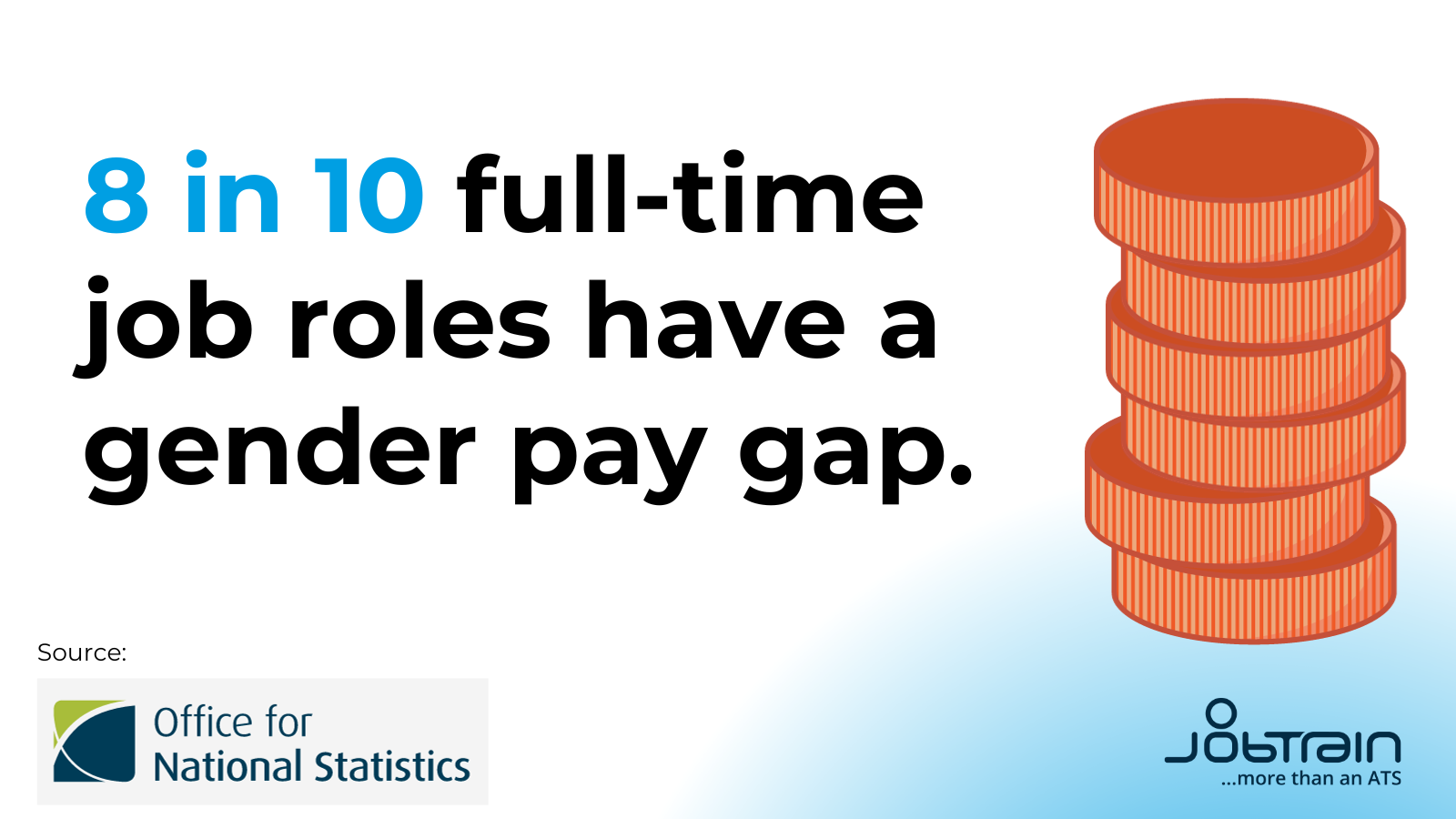Pay transparency is more than just a trend; it's a movement towards a more equitable and open workplace. By addressing pay disparities, enhancing trust, and attracting talent, transparent pay practices can significantly benefit both employers and employees. As we continue to navigate the complexities of the modern workplace, the importance of pay transparency cannot be overstated. It's a key step towards creating a fairer, more inclusive work environment for all.
What is Pay Transparency?
Pay transparency refers to the practice of openly sharing salary information within an organisation or to the public. This can range from posting salary ranges in job adverts to disclosing the pay scales of current employees. The level of transparency varies among organisations, from those that provide broad figures to those that disclose exact salaries for every role.
The traditional approach to discussing salaries has often been shrouded in secrecy, with employees discouraged from sharing their pay details with colleagues. However, this culture of silence is changing. A growing number of companies and jurisdictions are recognising the benefits of pay transparency and are adopting policies that encourage or mandate it.
 Why is pay transparency important?
Why is pay transparency important?
Promotes equality and reduces the gender pay gap
One of the most compelling arguments for pay transparency is its potential to address wage disparities. The gender pay gap remains a persistent issue globally. According to the World Economic Forum's Global Gender Gap Report 2020, at the current rate of progress, it will take another 257 years to close the economic participation and opportunity gap between genders. Pay transparency can shine a light on these disparities, encouraging organisations to take corrective action.
Enhances trust and employee satisfaction
When employees are confident that pay scales are fair and based on objective criteria, such as experience, qualifications, and performance, it fosters a sense of trust in the organisation. A study by PayScale (2020) found that how people perceive their pay matters more in their satisfaction than what they're actually paid. Transparency demystifies the process behind salary determination, leading to increased employee engagement and loyalty.
Attracts and retains talent
For job seekers, salary is a significant factor in their decision-making process. Jobtrain's Talent Intelligence team found that over 80% of candidates won't apply for a job if there's no salary or an ambiguous salary. By being upfront about pay, organisations can attract candidates who are more likely to be satisfied with their compensation, reducing turnover and the costs associated with hiring and training new employees.
Encourages fair compensation practices
Pay transparency forces companies to scrutinise their compensation practices, ensuring that they are equitable and justifiable. This can lead to more systematic approaches to determining pay, such as clear grading structures and performance-based criteria, which help in standardising compensation across the board.
Challenges and considerations
While the benefits of pay transparency are clear, implementing it is not without its challenges. Concerns about privacy, potential discontent among employees who find they are paid less than their peers, and the administrative burden of maintaining transparent pay structures are valid. Organisations must navigate these challenges carefully, implementing transparency in a way that respects individual privacy and promotes a positive workplace culture.
 How to introduce pay transparency in the workplace
How to introduce pay transparency in the workplace
Introducing pay transparency in the workplace is a transformative step towards fostering a culture of trust, equity, and inclusivity. However, navigating this shift requires careful planning and consideration to ensure it benefits both the organisation and its employees. Here are some strategies to effectively implement pay transparency:
Start with a Clear Strategy
Before making any changes, it's crucial to define what pay transparency means for your organisation. Determine the extent of transparency you aim to achieve, whether it's disclosing salary ranges in job postings, sharing pay scales, or even revealing exact salaries for all roles. This decision should align with your company's values, culture, and legal requirements.
Conduct a Pay Audit
A thorough audit of current pay practices is essential to identify any disparities or inconsistencies in compensation. This involves reviewing all employees' salaries, bonuses, and other benefits to ensure they are fair and based on objective criteria such as experience, role, performance, and market standards. Addressing any discrepancies is a critical step before moving forward with transparency to avoid potential conflicts and legal issues.
 Develop a Clear Compensation Structure
Develop a Clear Compensation Structure
Creating a transparent and understandable compensation structure is key. This should include clear criteria for setting pay levels, such as job responsibilities, experience, skills, and performance metrics. A well-defined structure not only facilitates transparency but also helps in explaining pay decisions to employees, making the process seem fairer and more objective.
Communicate the Change
Effective communication is vital when introducing pay transparency. Engage with employees early in the process, explaining the reasons behind the move, how it will be implemented, and the benefits it brings. Address any concerns and answer questions to alleviate fears and build support for the change. Transparency about the process of becoming transparent is ironically crucial for its success.